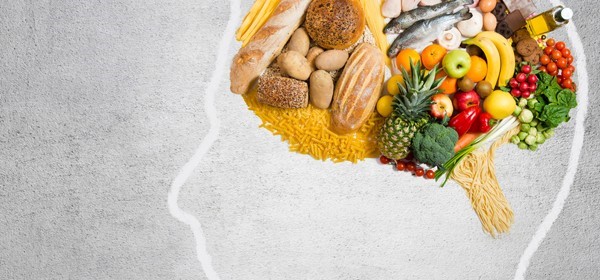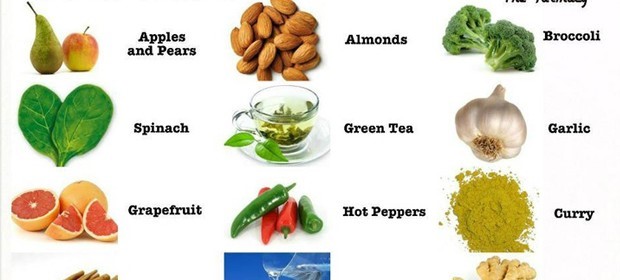How to Adopt a Brain-Healthy Diet

Brain health is a chief concern these days and diet is a major factor that affects it. The brain, like other vital organs, requires the right amount of nutrition to function properly. A combination of physical fitness, a brain-healthy diet, and social interaction can effectively boost brain health.
The attributes of a brain-healthy diet are that it should promote good blood flow to the brain, should be low in fat and cholesterol and should reduce the risk of hypertension, heart disease and diabetes.
Consume more wild/oily fish and grass-fed meat
Research suggests that eating oily fish may protect you from developing dementia. A study found that in brain cells exposed to high levels of alcohol, a fish oil compound was hepful in protecting against inflammation and neuronal cell death. Oily fish are a source of docosahexaenoic acid (DHA). DHA is an omega-3 fatty acid that is used by the brain to make myelin, which is the insulation on the wiring between brain cells.
Grass-fed meats are an excellent source of alpha-linolenic acid (ALA), which helps protect the brain and nerve tissue.
Consume dark-skinned fruits and vegetables
Pigments are indicators of polyphenols or antioxidants. Berries help maintain cognitive functioning. According to a study published in the Annals of Neurology, women who consumed about two cups of strawberries or one cup of blueberries per week experienced less cognitive decline as they got older than women who did not consume these berries.
Some foods may lower inflammation and the risk of brain disease. Almonds, pecans and walnuts are a good source of Vitamin E, which works as an antioxidant. Also try to eat kale, spinach, brussels sprouts, broccoli, beetroot, corn and eggplant.
Maintain a healthy body weight
This is necessary to maintain overall physical and mental health. Eat in moderation and make healthy food choices. Research suggests that middle-aged adults who are obese are twice as likely to develop dementia later in life.
Lower your intake of high-fat and high-cholesterol foods
Research shows that a high consumption of saturated fat and cholesterol blocks the arteries and increases your chances of developing Alzheimer’s disease. However, HDL (good cholesterol) may help protect your brain cells. Consume mono- and polyunsaturated fats, such as olive oil. Grill or bake your food instead of frying it.
Article Courtesy: http://healthmeup.com/









